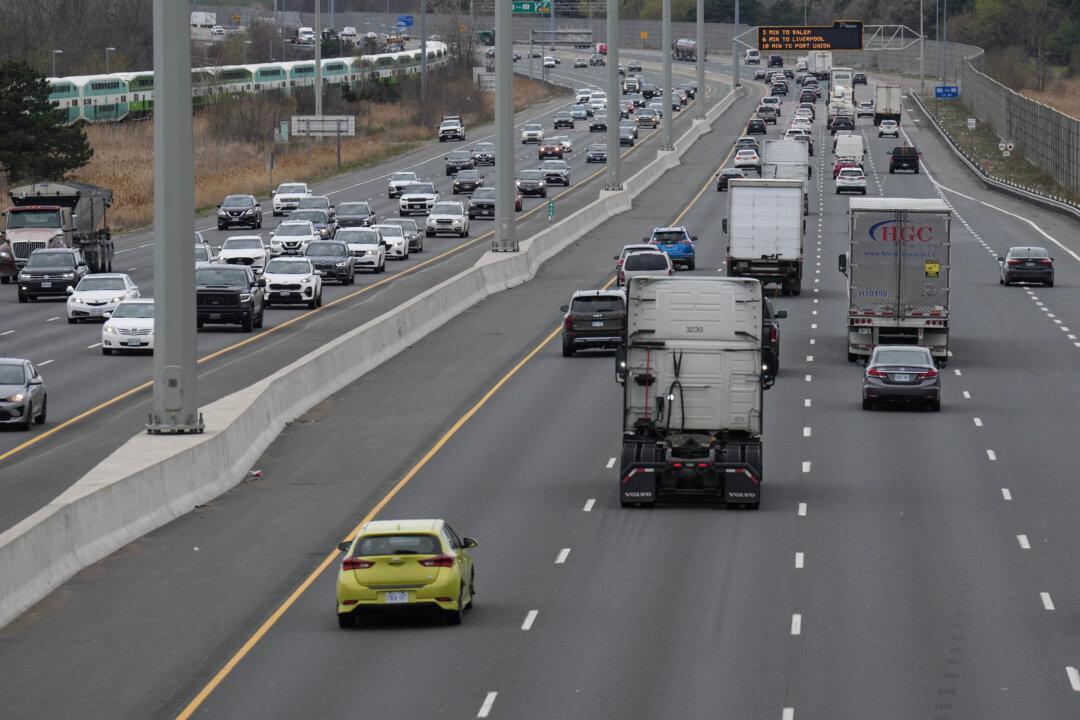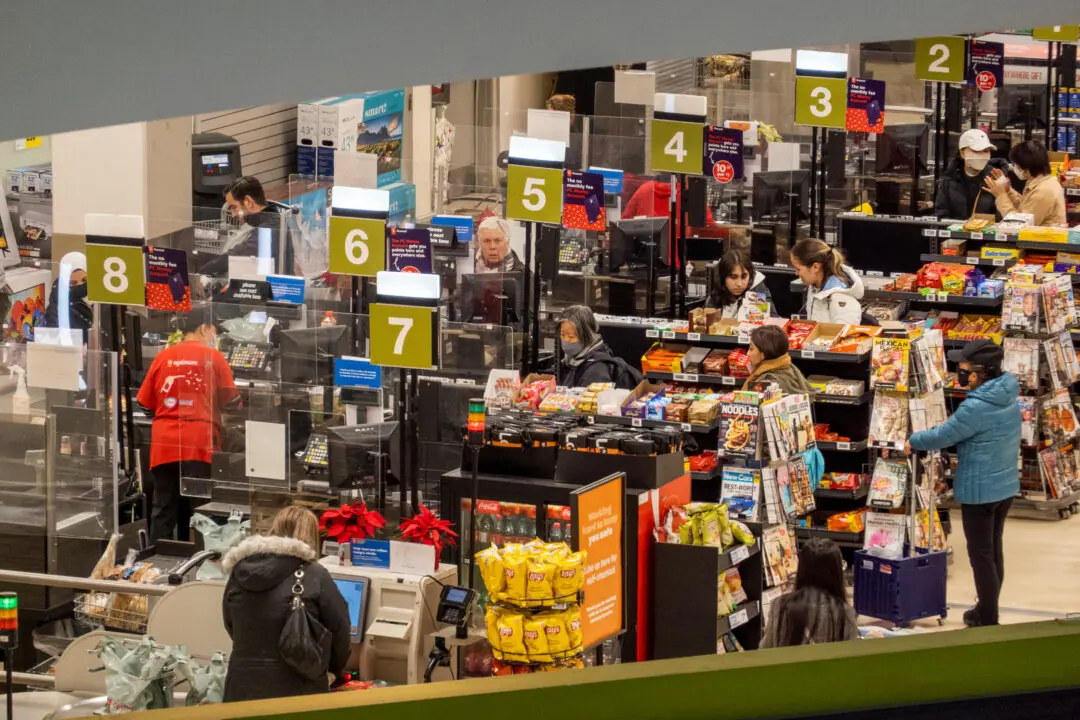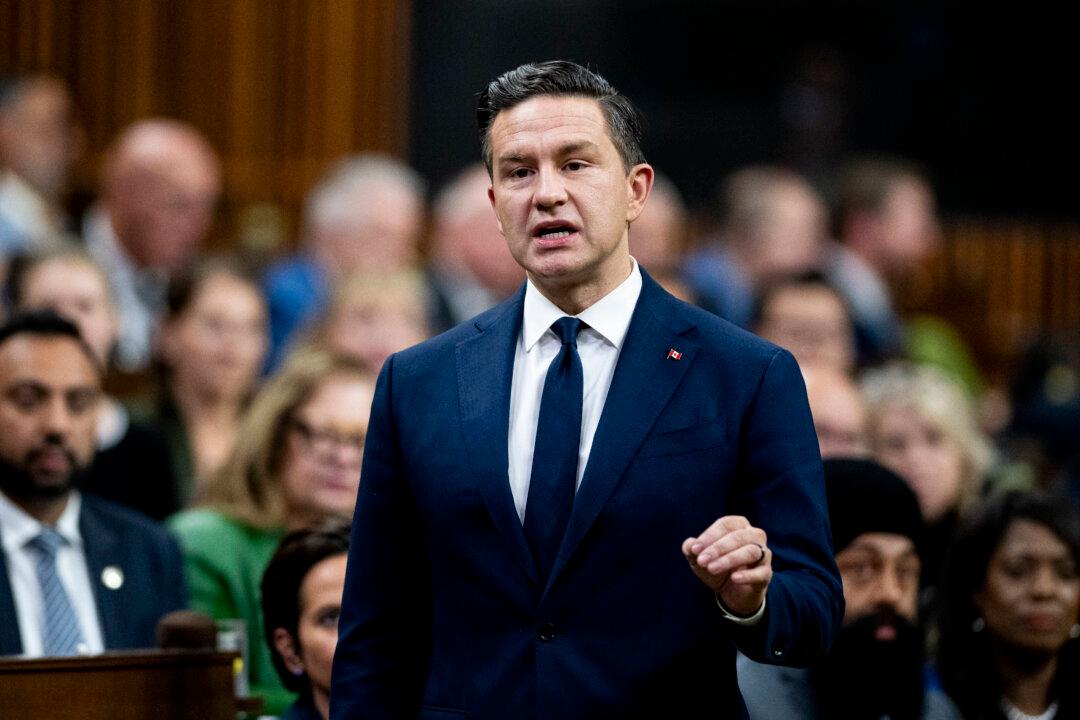Shovels will hit the ground in 2025 as Ontario begins construction of the much-debated Highway 413, Premier Doug Ford has announced.
The province is currently evaluating the ground’s soil composition and bedrock depth and is hoping to host a “market sounding event” in May with experts to “discuss ways to move construction forward quickly and efficiently,” the province said in a press release.





